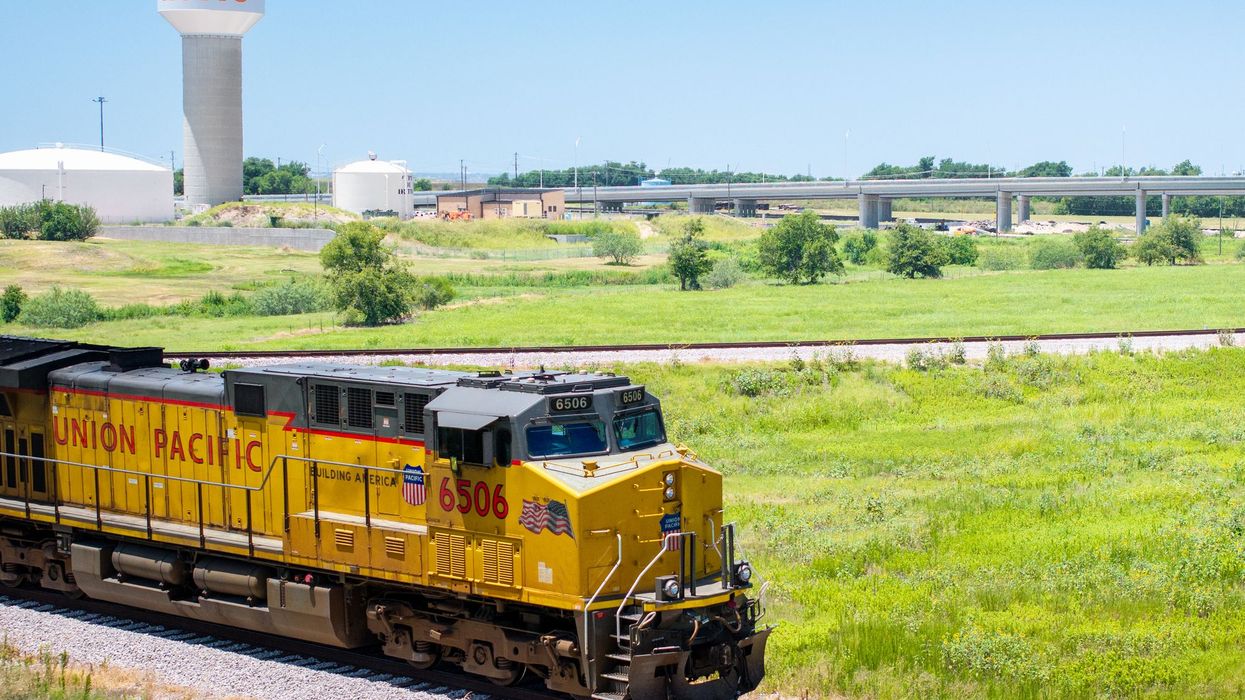As the State of Maryland considers how to reduce stormwater pollution from roads, lawns and parking lots, American Rivers and the Maryland Stormwater Consortium today announced three critical steps the state must take to protect clean water.
Stormwater is a leading cause of water pollution in the state, and a significant source of nutrient contamination to the Chesapeake Bay. Poorly planned construction and development cause harmful sediment, toxics and metals to run off into local rivers and streams, threatening clean water and the health of fish, wildlife and people. More than half of all waterborne disease outbreaks in the U.S. are associated with this runoff from heavy rain storms.
The Maryland Department of the Environment today begins consideration of final regulations to implement Environmental Site Design (ESD) for reducing polluted stormwater runoff in Maryland. ESD uses cost effective practices that work with nature, such as rain gardens and permeable pavement, to retain stormwater, preventing pollution of nearby streams and rivers, reducing flooding, and beautifying neighborhoods.
A 2007 report from the Environmental Protection Agency found that low impact development is cheaper than traditional approaches in 11 of 12 case studies, with savings ranging from 15% to 80%.
The Maryland Stormwater Consortium, of which American Rivers is a member, is recommending three key steps that must be taken to ensure that Maryland is a leader in protecting clean water supply:
- Sites with new development: New development must require reduction of enough runoff from a site to protect nearby streams during a 2.5-inch rainfall. This would provide a higher level of protection for local streams by treating more rainfall on-site, where it can soak into the soil naturally or be released more slowly.
- Sites that are being redeveloped: Redevelopment sites must be required to reduce stormwater runoff using ESD practices so that a full 1-inch of rain is treated on-site.
- Sites that are already developed: Regulations must also apply to sites after development is completed by requiring that 100% of average annual pre-development recharge volume is treated on-site. Pre-development recharge volume is the amount of water naturally recharged into groundwater by soaking into the soil. This is critical as much damage from polluted stormwater runoff occurs once development is complete.
Katherine Baer, senior director for clean water of American Rivers, made the following statement:
"We must plan wisely so that we can have clean water and economic growth. By implementing stronger safeguards for stormwater, Maryland will create a future where business, clean water and quality of life thrive together."
"Maryland leaders should be applauded for passing the Maryland Stormwater Act of 2007 that requires all new development and redevelopment to incorporate certain stormwater safeguards. But our work isn't done yet. Now the state must fully implement the law by strengthening clean water protections."
"Maryland should seize the opportunity to become a national leader in reducing polluted stormwater runoff using cost-effective and sustainable practices that protect clean water, public health, and quality of life."



